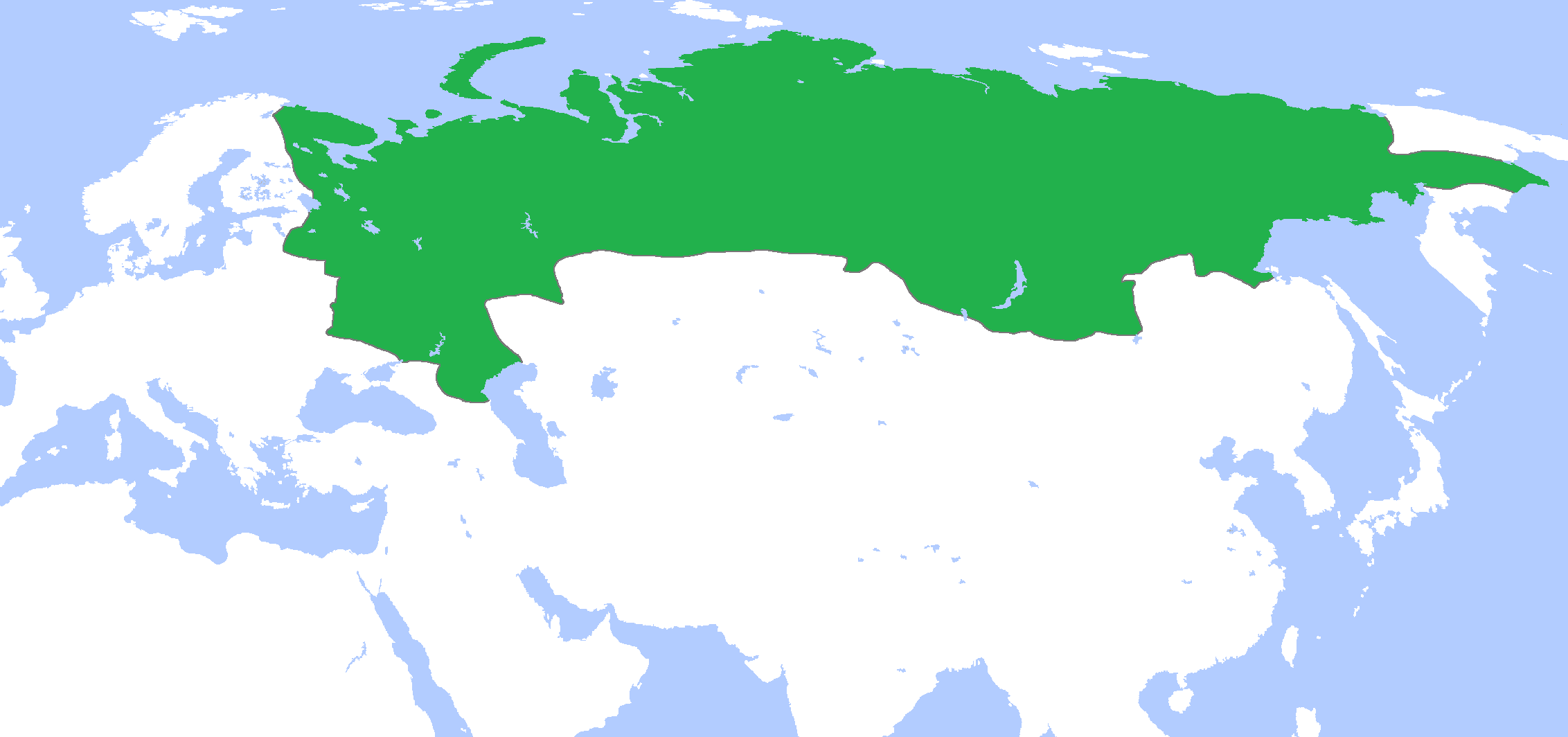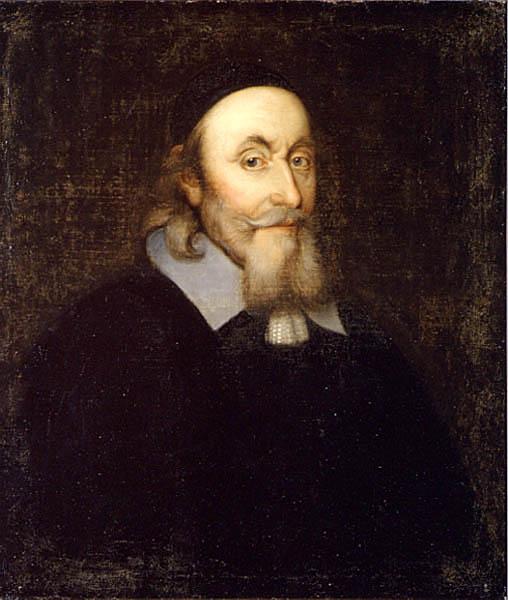|
History Of Åland
The history of Åland can be traced back to when Humans first reached the archipelago in the Neolithic period ca. 4000BC.Early history. (2014, September 25). Visit Åland. https://www.visitaland.com/en/good-to-know/history/early-history/ Retrieved 25 August 2021 Geology and prehistory Paleolithic period Around 18,000BC, during the Weichselian glaciation, a thick cover of ice stretched over Scandinavia, which eventually receded from the islands around 9000BC. Around 8000BC the highest peaks of the then submerged archipelago rose from the Baltic Sea.Stone Age Åland Retrieved 29 August 2006. The sea levels would alternate in the Baltic Sea, but a |
Pitted Ware Culture
The Pitted Ware culture ( 3500 BC– 2300 BC) was a hunter-gatherer culture in southern Scandinavia, mainly along the coasts of Svealand, Götaland, Åland, north-eastern Denmark and southern Norway. Despite its Mesolithic economy, it is by convention classed as Neolithic, since it falls within the period in which farming reached Scandinavia. The Pitted Ware people were largely maritime hunters, and were engaged in lively trade with both the agricultural communities of the Scandinavian interior and other hunter-gatherers of the Baltic Sea. The people of the Pitted Ware culture were a genetically homogeneous and distinct population descended from earlier Scandinavian Hunter-Gatherers (SHGs). The culture emerged in east-central Sweden around 3,500 BC, gradually replacing the Funnelbeaker culture throughout the coastal areas of southern Scandinavia. It subsequently co-existed with the Funnelbeaker culture for several centuries. From about 2,800 BC, the Pitted Ware culture ... [...More Info...] [...Related Items...] OR: [Wikipedia] [Google] [Baidu] |
Finnish War
The Finnish War ( sv, Finska kriget, russian: Финляндская война, fi, Suomen sota) was fought between the Gustavian era, Kingdom of Sweden and the Russian Empire from 21 February 1808 to 17 September 1809 as part of the Napoleonic Wars. As a result of the war, the eastern third of Sweden was established as the autonomous Grand Duchy of Finland within the Russian Empire. Other notable effects were the Riksdag of the Estates, Swedish parliament's adoption of a Instrument of Government (1809), new constitution and the establishment of the House of Bernadotte, the new Swedish Act of Succession, Swedish royal house, in 1818. Background After the Russian Emperor Alexander I of Russia, Alexander I concluded the 1807 Treaty of Tilsit with Napoleon, Alexander, in his letter on 24 September 1807 to the Swedish King Gustav IV Adolf, informed the king that the peaceful relations between Russia and Sweden depended on Swedish agreement to abide by the limitations of the Tr ... [...More Info...] [...Related Items...] OR: [Wikipedia] [Google] [Baidu] |
Treaty Of Åbo
The Treaty of Åbo or the Treaty of Turku was a peace treaty signed between the Russian Empire and Sweden in Åbo ( fi, Turku) on in the end of the Russo-Swedish War of 1741–1743. History By the end of the war, the Imperial Russian Army had occupied most of Finland, prompting Field-Marshal Trubetskoy and Chancellor Aleksey Bestuzhev to demand the application of uti possidetis principle in this case. By acquiring Finland, Russian politicians aspired to move the Swedish border considerably to the north, thus reducing the danger of Swedish attack on the Russian capital, Saint Petersburg. In the hope of gaining independence, the Finnish estates offered the ephemeral throne of their country to Duke Peter of Holsten-Gottorp, the heir apparent to the Russian Crown. Another party at the Russian court, represented by pro-Swedish Count Jean Armand de Lestocq and Peter's Holsteinian relatives, proposed to return Finland to the Swedes in recompense for having his uncle, Adolf Frede ... [...More Info...] [...Related Items...] OR: [Wikipedia] [Google] [Baidu] |
Vyborg
Vyborg (; rus, Вы́борг, links=1, r=Výborg, p=ˈvɨbərk; fi, Viipuri ; sv, Viborg ; german: Wiborg ) is a town in, and the administrative center of, Vyborgsky District in Leningrad Oblast, Russia. It lies on the Karelian Isthmus near the head of the Vyborg Bay, to the northwest of St. Petersburg, east of the Finnish capital Helsinki, and south of Russia's border with Finland, where the Saimaa Canal enters the Gulf of Finland. The population of Vyborg is as follows: Located in the boundary zone between the East Slavic/Russian and Finnish worlds, formerly well known as one of the few medieval towns in Finland, Vyborg has changed hands several times in history, most recently in 1944 when the Soviet Union captured it from Finland during World War II. Finland evacuated the entire population of the city and resettled them within the rest of the country. On March 25, 2010, Dmitry Medvedev named Vyborg the "City of Military Glory". In Russia, a city can be award ... [...More Info...] [...Related Items...] OR: [Wikipedia] [Google] [Baidu] |
Treaty Of Nystad
The Treaty of Nystad (russian: Ништадтский мир; fi, Uudenkaupungin rauha; sv, Freden i Nystad; et, Uusikaupunki rahu) was the last peace treaty of the Great Northern War of 1700–1721. It was concluded between the Tsardom of Russia and the Swedish Empire on in the then Swedish town of Nystad ( fi, Uusikaupunki, in the south-west of present-day Finland). Sweden had settled with the other parties in Stockholm (1719 and 1720) and in Frederiksborg (1720). During the war Peter I of Russia had occupied all Swedish possessions on the eastern Baltic coast: Swedish Ingria (where he began to build the soon-to-be new Russian capital of St. Petersburg in 1703), Swedish Estonia and Swedish Livonia (which had capitulated in 1710), and Finland. In Nystad, King Frederick I of Sweden formally recognized the transfer of Estonia, Livonia, Ingria, and Southeast Finland ( Kexholmslän and part of Karelian Isthmus) to Russia in exchange for two million silver thaler, while ... [...More Info...] [...Related Items...] OR: [Wikipedia] [Google] [Baidu] |
Peter I Of Russia
Peter I ( – ), most commonly known as Peter the Great,) or Pyotr Alekséyevich ( rus, Пётр Алексе́евич, p=ˈpʲɵtr ɐlʲɪˈksʲejɪvʲɪtɕ, , group=pron was a Russian monarch who ruled the Tsardom of Russia from to 1721 and subsequently the Russian Empire until his death in 1725, jointly ruling with his elder half-brother, Ivan V until 1696. He is primarily credited with the modernisation of the country, transforming it into a European power. Through a number of successful wars, he captured ports at Azov and the Baltic Sea, laying the groundwork for the Imperial Russian Navy, ending uncontested Swedish supremacy in the Baltic and beginning the Tsardom's expansion into a much larger empire that became a major European power. He led a cultural revolution that replaced some of the traditionalist and medieval social and political systems with ones that were modern, scientific, Westernised and based on the Enlightenment. Peter's reforms had a lastin ... [...More Info...] [...Related Items...] OR: [Wikipedia] [Google] [Baidu] |
Peter The Great
Peter I ( – ), most commonly known as Peter the Great,) or Pyotr Alekséyevich ( rus, Пётр Алексе́евич, p=ˈpʲɵtr ɐlʲɪˈksʲejɪvʲɪtɕ, , group=pron was a Russian monarch who ruled the Tsardom of Russia from to 1721 and subsequently the Russian Empire until his death in 1725, jointly ruling with his elder half-brother, Ivan V until 1696. He is primarily credited with the modernisation of the country, transforming it into a European power. Through a number of successful wars, he captured ports at Azov and the Baltic Sea, laying the groundwork for the Imperial Russian Navy, ending uncontested Swedish supremacy in the Baltic and beginning the Tsardom's expansion into a much larger empire that became a major European power. He led a cultural revolution that replaced some of the traditionalist and medieval social and political systems with ones that were modern, scientific, Westernised and based on the Enlightenment. Peter's reforms had a lasting ... [...More Info...] [...Related Items...] OR: [Wikipedia] [Google] [Baidu] |
Turku
Turku ( ; ; sv, Åbo, ) is a city and former capital on the southwest coast of Finland at the mouth of the Aura River, in the region of Finland Proper (''Varsinais-Suomi'') and the former Turku and Pori Province (''Turun ja Porin lääni''; 1634–1997). The region was originally called Suomi (Finland), which later became the name for the whole country. As of 31 March 2021, the population of Turku was 194,244 making it the sixth largest city in Finland after Helsinki, Espoo, Tampere, Vantaa and Oulu. There were 281,108 inhabitants living in the Turku Central Locality, ranking it as the third largest urban area in Finland after the Capital Region area and Tampere Central Locality. The city is officially bilingual as percent of its population identify Swedish as a mother-tongue. It is unknown when Turku gained city rights. The Pope Gregory IX first mentioned the town ''Aboa'' in his ''Bulla'' in 1229 and the year is now used as the foundation year of Turku. Turku ... [...More Info...] [...Related Items...] OR: [Wikipedia] [Google] [Baidu] |
Instrument Of Government (1634)
The Instrument of Government ( sv, regeringsform) of 1634 was a document describing the form and operation of the Swedish government, retrospectively regarded as the country's first constitution, although it was not intended to function as such.Regeringsformen '' Nordisk Familjebok'' (1915), p.1207 It was composed by the Lord High Chancellor, Axel Oxenstierna, and was adopted by the |
Kalmar Union
The Kalmar Union (Danish language, Danish, Norwegian language, Norwegian, and sv, Kalmarunionen; fi, Kalmarin unioni; la, Unio Calmariensis) was a personal union in Scandinavia, agreed at Kalmar in Sweden, that from 1397 to 1523 joined under a single monarch the three kingdoms of Denmark, Sweden (then including most of present-day Finland), and Norway, together with List of possessions of Norway#Former dependencies and homelands, Norway's overseas colonies Norway retained none of its prior possessions, however. Christian I pledged the Northern Isles to Scotland as insurance for his daughter’s dowery in 1468; when the dowery wasn’t paid the islands transferred to perpetual Scottish sovereignty in 1470. Following the Union’s dissolution, all remaining overseas possessions brought into the Union by Norway became property of the Danish monarch; who retained ownership following the transfer of the Kingdom of Norway from the Danish crown to Swedish crown (discussed in further ... [...More Info...] [...Related Items...] OR: [Wikipedia] [Google] [Baidu] |
Treaty Of Nöteborg
The Treaty of Nöteborg, also known as the ''Treaty of Oreshek'' ( sv, Freden i Nöteborg, Russian: ''Ореховский мир,'' fi, Pähkinäsaaren rauha), is a conventional name for the peace treaty signed at Oreshek ( sv, Nöteborg, fi, Pähkinäsaari) on 12 August 1323. It was the first settlement between Sweden and the Novgorod Republic regulating their border mostly in the area that is also known as Finland today. Three years later, Novgorod signed the Treaty of Novgorod with the Norwegians. Name The treaty had no special name at the time, as it was just called a "permanent peace" between the parties. Modern English language publications most often use the name "Treaty of Nöteborg" for it, which is a direct translation of ''Nöteborgsfreden'' by which the treaty has conventionally been referred to in the Swedish language literature. "Treaty of Oreshek" is a similar translation from the Russian ''Ореховский мир''. Both "Nöteborg" and "Oreshek" are old ... [...More Info...] [...Related Items...] OR: [Wikipedia] [Google] [Baidu] |





